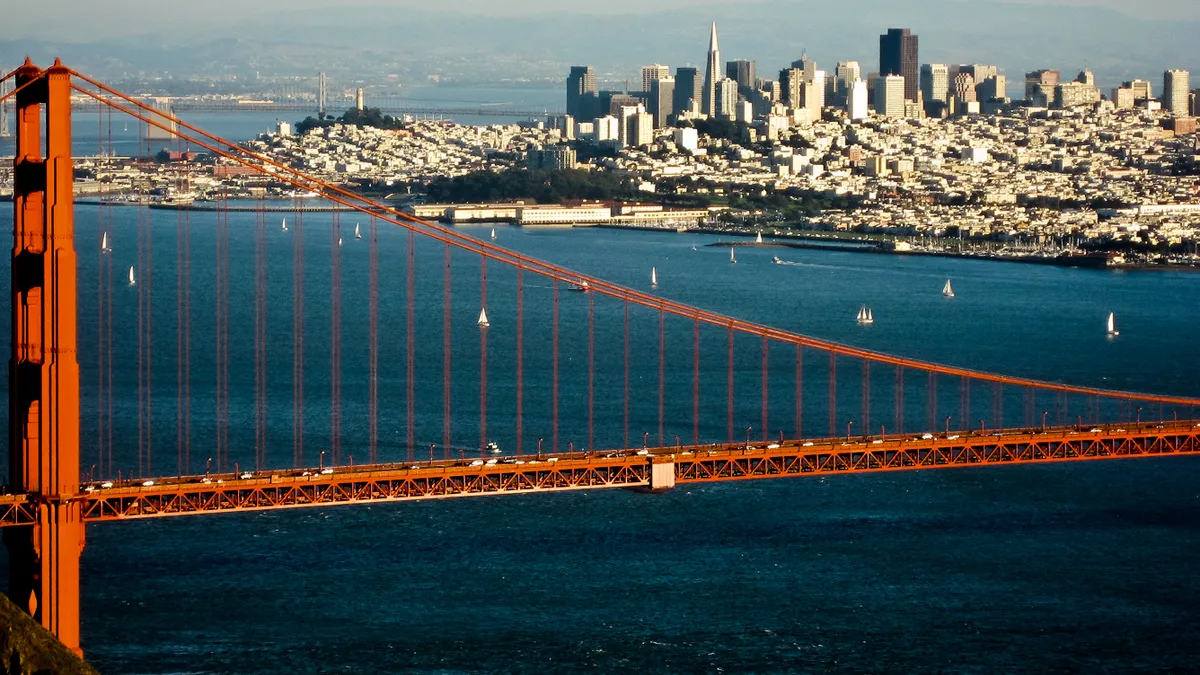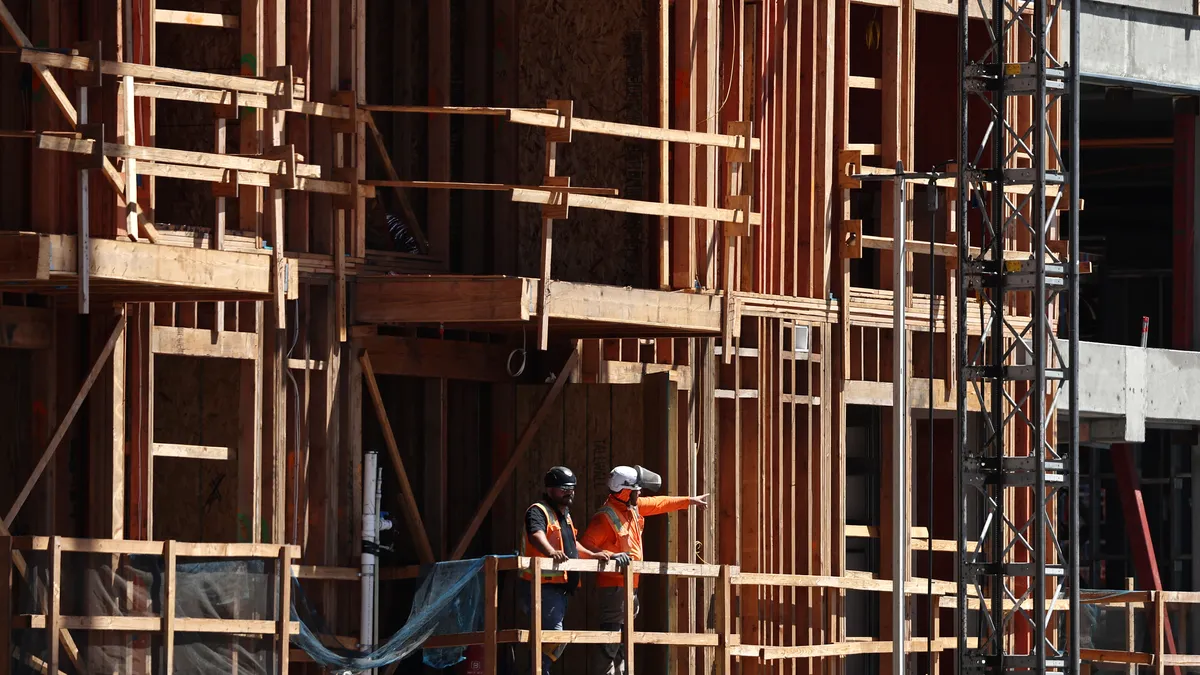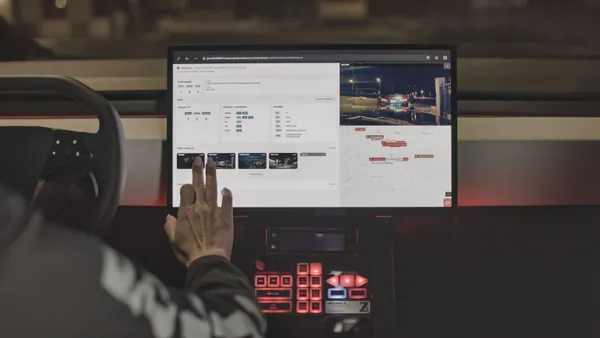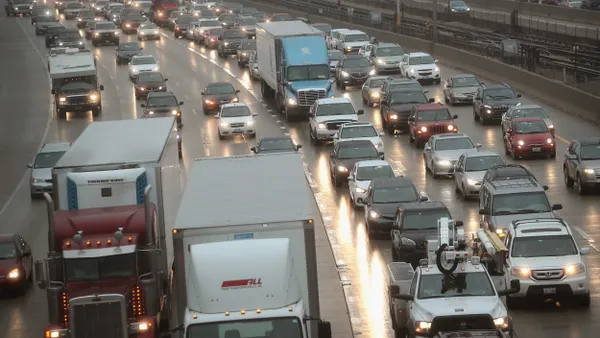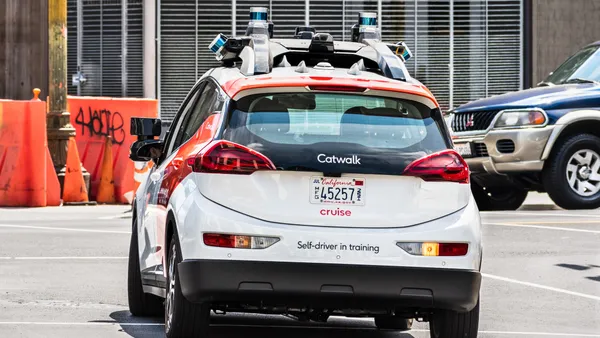Dive Brief:
- Beijing Inspiry Technology, a Chinese mobile payment company, has entered the U.S. by rolling out its self-service QR-code payment device in San Francisco.
- The Inspiry Smart Box will be available to Chinese tourists at several restaurants in Fisherman’s Wharf, allowing visitors to make mobile payments via AliPay.
- "San Francisco is one of the larger cities in the US with one of the highest concentrations of Chinese-Americans, and also where several of the world's leading QR-code payment brands, including Alipay, have staked their reputations," Gao Zilong, overseas business head of Inspiry, said in a statement.
Dive Insight:
Zilong said the introduction of Inspiry — which the Chinese research firm Analysys says holds 70% of the mobile payment market — will offer shoppers a “more convenient and safer payment experience.” It also shows San Francisco is making the city more welcoming to Chinese visitors and residents. Cities attracting international tourists — especially those on the West Coast that see an influx of Asian visitors — can reap the benefits by adopting technology used abroad. Having the mobile payment boxes will make Chinese visitors more likely to go to, and spend money at, locations such as the tourist-friendly Fisherman’s Wharf area.
It also represents an embrace of another alternative form of payment as cities adapt to a society less reliant on cash. Transit agencies have increasingly explored mobile payments — Houston and London have already introduced it, and the Washington, DC Metro is set to upgrade its fare boxes to take mobile payments from riders sometime in 2019.
Many cities are also integrating payment systems into their municipal ID cards, which can help disadvantaged or unbanked residents have access to card payments in a society increasingly reliant on them. Oakland was one of the first cities to introduce banking to its municipal ID program, and New York City is exploring options for what would be the biggest such program. Some cities are even looking to how blockchain could be used for certain municipal payments. Still, as cities look to a cashless future, it’s important to ensure that all citizens can participate, even those without smartphone or bank access.


